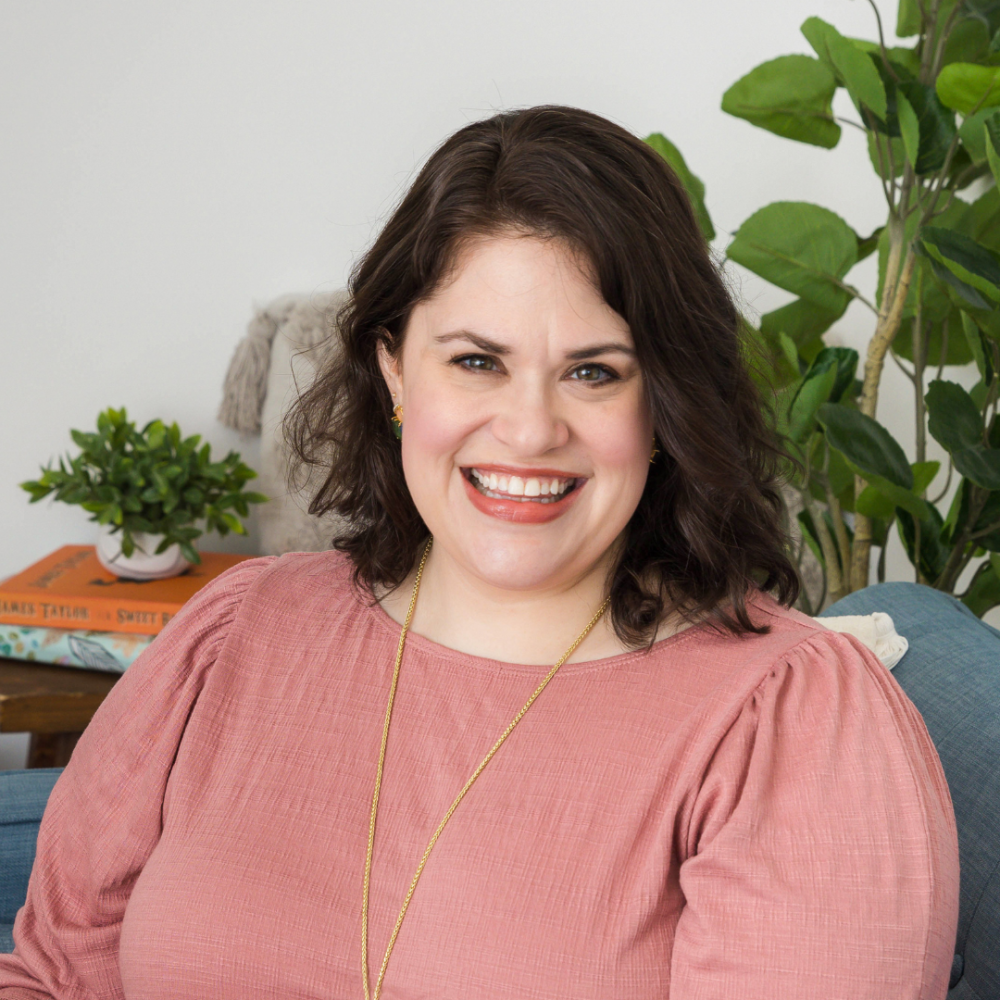
A child using Lego Braille Bricks which have raised studs corresponding with a letter or number in braille, a tactile language system designed to help visually impaired people. (Photo used with permission. ©2023 The LEGO Group.)
When I began writing about disability six years ago, it seemed the majority of disability-related media coverage and product design was centered around senior citizens. Representation has improved since then, but there is still a long way to go. The reality is that anyone can find themselves disabled at any time. People at all life stages require products and places to fit their needs. That’s the beauty of disability-inclusive design. It isn’t “just” for one group: Inclusive design can be used by and benefit all. And it can make sound business sense.
Here are three ways businesses can use disability-inclusive design to make meaningful changes in 2024 and beyond.
1. Increase accessibility-focused offerings within existing major retail sites
In 2023, several major retailers introduced dedicated categories on their websites to assist customers in finding disability-inclusive products in one place.
The Adaptive at Walmart marketplace features disability-inclusive housewares, mobility aids, medical supplies, adaptive sports equipment, educational products and more. Target’s specialized storefront focuses on children’s items. The page has links to adaptive fashion, disability-related books, sensory furniture and toys, and more.
QVC’s adaptive and accessible category was designed in conjunction with actress and activist Selma Blair, who is outspoken about her experience living with multiple sclerosis. Both QVC’s webpage and its corresponding livestream and TV program “Accessible Living” include smart tech, adaptive clothing, personal care products and assistive devices.
Why do these accessibility-focused mini-marketplaces matter? For one thing, they serve as one-stop shops for people looking for several suggestions. On some sites, you can even filter products by a specific concern or accessibility feature, such as shirts with abdominal access for feeding tubes or household gadgets for people with limited dexterity.
Incorporating inclusive products into existing retailers’ offerings also lessens the cost-prohibitive nature of many disability products. Just a few years ago, for example, major retailers like Kohl’s and JCPenney introduced adaptive fashion lines at price points no different from traditional offerings, as they were able to use materials already in production.
Keeping prices low is extremely important for families affected by disability. Households with at least one adult unable to work due to disability require nearly 30 percent more income to maintain the same standard of living as non-disabled households, according to the National Disability Institute.
2. Focus on products that actually reach and benefit consumers
We’ve seen the scenario countless times: A company introduces a “game-changing,” innovative new product that promises to make an entire industry more inclusive for the disabled community. After a few months (or even weeks), we never hear of the miracle project again.
The reality is that these items are often never actually sold in stores. They remain prototypes or are manufactured in extremely limited quantities, and were created solely to generate publicity and awards.
Lego Braille Bricks are an exception to this rule. The toymaker first introduced the bricks in 2019. Each plastic block has raised studs corresponding with a letter or number in braille, a tactile language system designed to help visually impaired people. The bricks are made to be used in conjunction with all other Lego bricks and sets.
The Braille Bricks playsets were first distributed to teachers and classrooms through partners like American Publishing House. They were so popular that in late 2023 Lego began selling them online and in stores so friends and family could join their visually impaired loved ones in learning and practicing braille. The toymaker also released an accessible website with games and suggestions for using the bricks in different ways.
“For the blind community, braille is not just literacy, it’s our entry to independence and inclusion into this world,” Martine Abel-Williamson, president of the World Blind Union, told the World Economic Forum. “To have Lego Braille Bricks made available for the wider public is a massive step forward to ensuring more children will want to learn braille in the first place. And because it’s based on a product that so many families already know and love, this is really an invitation for all family members to have fun building tactile skills and getting familiar with braille.”
3. Couple disability-inclusive products with policies
What if, instead of devoting resources to garnering short-term buzz, a company focused on including more disabled creators and voices in every step of the creation process? When these long-term issues are addressed, and people with disabilities are represented across all levels of the organization, there is a greater opportunity to create accessible, inclusive products that make a real difference.
Guide Beauty is one such company. Celebrity makeup artist Terri Bryant created the brand in 2020 after she could no longer use traditional cosmetic applicators due to dexterity issues related to an early-onset Parkinson’s disease diagnosis. Today, the brand includes a variety of brushes and tools with unique knob-like grips on the handles to keep hands stabilized during application. (The aforementioned disability advocate Selma Blair is the chief creative officer of Guide Beauty.)
Bryant seeks input from all areas of the disability and makeup communities when developing and marketing products, she said in an interview with Buzzfeed News.
“If you’re going to design for your community, you have to design with your community,” Bryant said. “When you seek out exclusion and solve for it, you not only allow people to come to the table who were never invited before, but you also create products that are better for people who are already there.”

Megan is a writer and editor interested in sharing stories of positive change and resilience. She is the author of Show Up and Bring Coffee, a book highlighting how to support friends who are parents of disabled children. You can follow her at JoyfulBraveAwesome.com.














